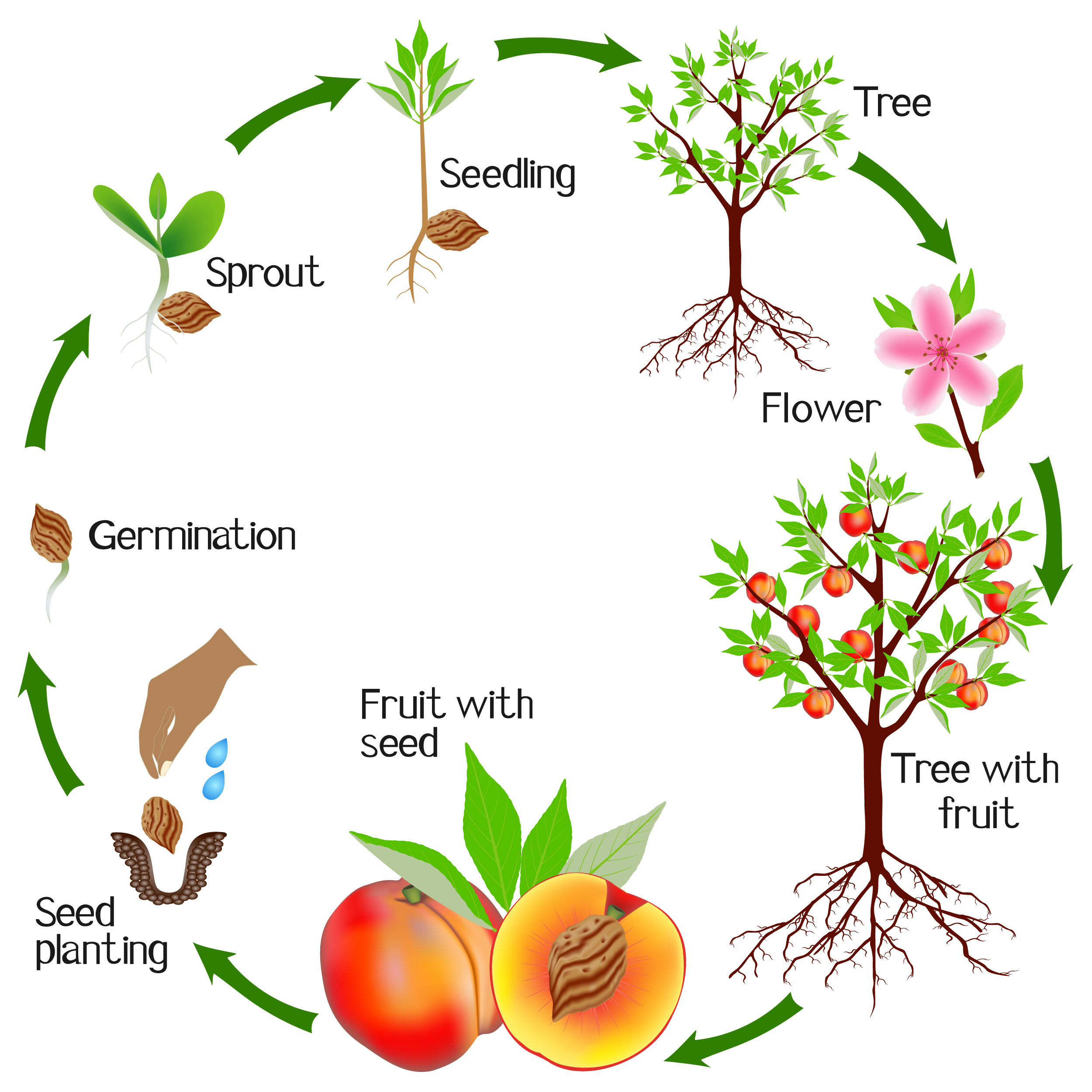Discover Plant Growth Secrets

Have you ever wondered how plants grow from tiny seeds into fully blossomed, towering trees? The process is a marvel of nature, a symphony of biological processes working in harmony. Understanding how plants grow is not just fascinating; it's essential for anyone interested in gardening, agriculture, or simply appreciating the natural world. So, if you’re curious about how plants transform water, sunlight, and soil into lush greenery, let’s dive in!
The Magic of Photosynthesis
Let’s start with the powerhouse of plant growth: photosynthesis. Photosynthesis is nature’s way of turning sunlight into energy. Think of it as the plant’s kitchen, where the magic happens. Through photosynthesis, plants convert light energy into chemical energy, producing glucose—the fuel that drives growth.
This process involves taking in carbon dioxide from the air through tiny pores called stomata, and water through the roots. The chloroplasts in the plant cells contain chlorophyll, which absorbs light and initiates the photosynthesis process. The by-product of this process? Oxygen, which is released into the atmosphere. Isn’t it amazing how plants literally help us breathe?
Root Development: The Hidden Force
While photosynthesis fuels the plant, roots anchor it and supply essential nutrients. Root development is critical for how plants grow. Imagine the roots as the plant’s underground network of pipes, transporting vital resources. As roots delve deeper into the soil, they explore new territories, seeking out water absorption zones and soil nutrients.
Water absorption is a pivotal process. The roots soak up water like a sponge, drawing it up through the plant via the xylem. Besides water, roots also absorb vital minerals and nutrients from the soil, which are crucial for plant health and vigor. Nutrients like nitrogen, phosphorus, and potassium are essential for plant metabolism, growth, and the formation of essential compounds.
Soil Structure and Nutrient Availability
Have you ever witnessed how different soil types affect plant growth? Good soil isn’t just dirt—it’s a dynamic ecosystem. Soil structure impacts water absorption and nutrient availability, making it a cornerstone of how plants grow. When you add organic matter, you improve soil structure, promoting better aeration and water retention.
Compost, for instance, boosts soil fertility and enhances moisture retention. Think of it like giving your soil a healthy diet—rich, nourishing, and able to sustain your plant’s needs. Soil nutrients come from decomposing organisms and inorganic materials. By enriching your soil with the right nutrients, you’re setting the stage for robust plant growth.
The Role of Environmental Factors
Environmental factors are the invisible hands guiding how plants grow. Light, temperature, humidity, and air quality all play significant roles. Plants are like delicate ballet dancers, requiring the perfect environment to perform flawlessly.
Light is perhaps the most crucial environmental factor. Plants need the right amount of light—too much or too little can stunt their growth. Temperature affects metabolic processes; extreme heat or cold can stress the plant, limiting its ability to grow. Humidity impacts water uptake and transpiration. Dry air causes plants to wilt, while overly humid conditions can lead to fungal diseases.
Nurturing Healthy Growth
So, how can you harness this knowledge to grow healthier plants? Start with selecting the right soil and ensure it’s rich in organic matter. Choose the best location for your plants, considering the light and temperature requirements. Regularly check and maintain the soil’s moisture levels, ensuring they get adequate water absorption.
Fertilize wisely, providing the soil nutrients your plants need without overdoing it. Over-fertilization can harm plants and damage the environment. Use compost and organic fertilizers to maintain a balanced nutrient profile. Pay attention to environmental factors and adjust as needed, whether it’s controlling pests or managing humidity.
Conclusion
Unraveling the secrets of how plants grow reveals a world of intricate processes and harmonious interactions. From the power of photosynthesis to the marvels of root development and the influence of environmental factors, understanding these fundamentals can transform your approach to gardening. By nurturing your plants with the right soil nutrients, water absorption, and environmental care, you can watch them thrive and flourish.
If you’re eager to dive deeper into the science of plant growth, click on the links below to explore more in-depth resources. Stay curious, stay green, and enjoy the magic of how plants grow!
FAQs
1. What is the primary function of photosynthesis in plant growth?
Photosynthesis is the process by which plants convert light energy into chemical energy, producing glucose to fuel growth. It also releases oxygen as a by-product, which is essential for life on Earth.
2. How do roots contribute to plant health?
Roots anchor the plant, absorb water and nutrients from the soil, and transport these essentials to the rest of the plant. Healthy root development is crucial for overall plant growth and health.
3. What are the key environmental factors affecting plant growth?
The key environmental factors include light, temperature, humidity, and air quality. Each of these factors influences how plants grow and develop.
4. Why is soil structure important for plant growth?
Soil structure affects water absorption and nutrient availability. Good soil structure ensures proper aeration and moisture retention, providing an ideal environment for root development and nutrient uptake.
5. How can I improve soil fertility naturally?
You can improve soil fertility by adding organic matter like compost. This enriches the soil with nutrients, enhances moisture retention, and promotes a healthy ecosystem for plant growth.
```
0 Response to " Discover Plant Growth Secrets"
Post a Comment